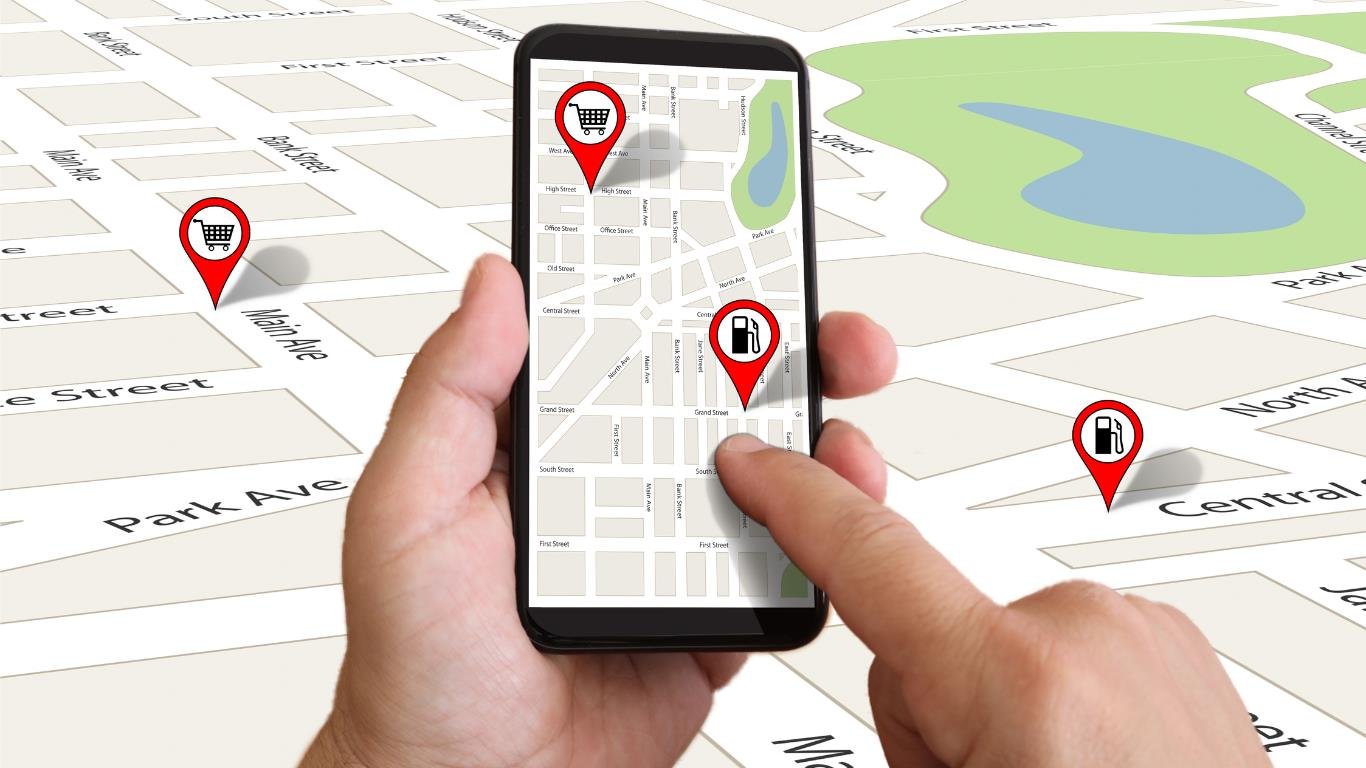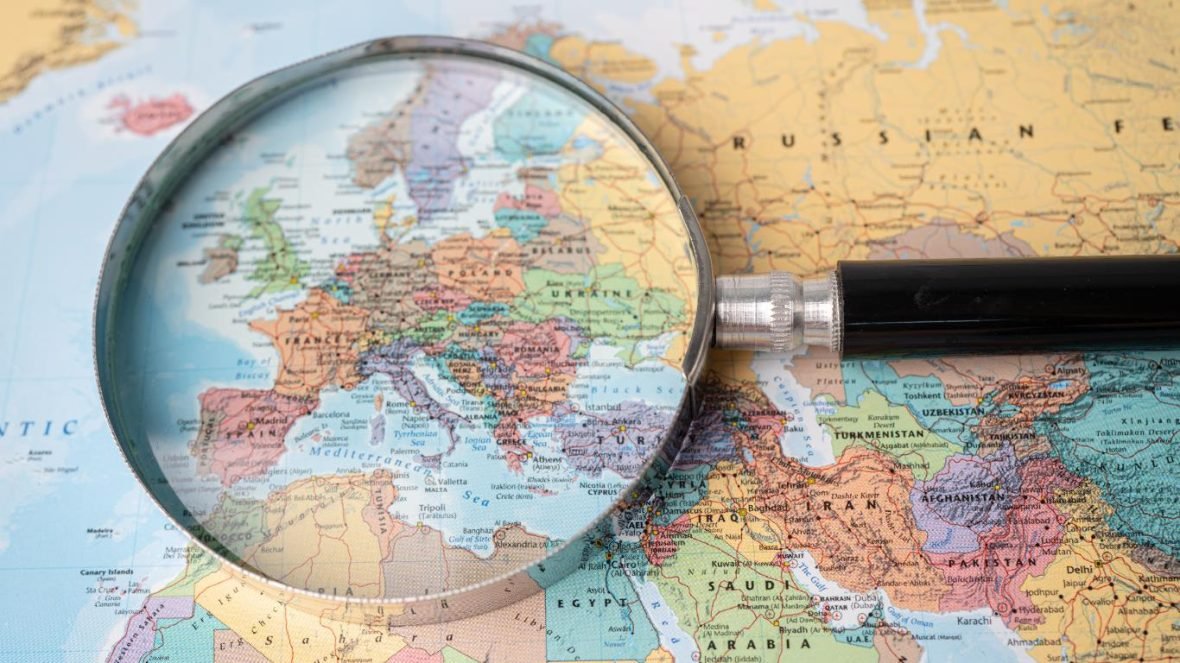Data has a lot of importance in today’s digital world. IP address Geolocation plays a crucial role in this data-driven landscape. It works by helping us find the device location connected to the internet using its IP address. But what exactly is an IP Geolocation API, and how can it benefit us in simple terms? An IP Geolocation API can tell us where a device is located based on its internet connection. In the coming sections, we will learn more about this API and a popular choice, Ipstack.
In this blog, we will discover ten practical ways to use IP Geolocation API to improve our daily lives. IP Geolocation APIs have a wide range of practical applications, from expanding the store locations for your business to geo-fencing for mobile applications and geo-targeting. Let’s dive in and see how this technology can help us in our connected world.
What is an IP Geolocation API?
A Geolocation API such as Ipstack is like a digital tool that helps you share where you are with websites and apps. These APIs are crucial for services and apps that use your location. So, if you’re using a website or a phone app that tells you where you are, it uses a Geolocation API. , it can also perform the following tasks:
- Shows you nearby places
- Keeps tabs on things happening in different areas
- Helps you find names of places
- Provides map directions
- Plan your travel routes
What Are the Ten Most Common Ways to Use IP Geolocation API?
Here are the ten most practical ways to benefit from an IP geolocation API.
Smart Business Decisions
Think about a big store. They can use IP geolocation to determine the origin of their website visitors. This helps them decide where to open new stores or what products to sell in different places. It’s like using a map to plan how to make more money. Here is how businesses can make smart decisions using an IP geolocation API.
Expanding Store Locations
Imagine a popular coffee shop chain. They notice that many people from a particular city visit their website to check their menu. Using IP Geolocation, they realize that many website visitors come from that city. This data encourages them to consider opening a new coffee shop in that city, knowing there’s already interest and potential customers.
Tailoring Product Offerings
An online fashion retailer notices website visitors from one region frequently search for winter clothing, while visitors from another region often look for summer attire. Using IP Geolocation, they can adapt their website to show winter collections to the colder region and summer collections to the warmer one. This customization increases the likelihood of visitors finding what they want, leading to more sales.
Optimizing Advertising Campaigns
A global electronics manufacturer wants to run a promotional campaign for a new product. Using IP Geolocation, they can target their advertising specifically to regions with strong demand for this product type. For instance, if people from a specific country visit their website to view the product, they can focus their marketing efforts and budget on that region to maximize sales.
Inventory Management
An e-commerce platform selling gardening supplies notices that a particular city experiences a surge in website traffic during springtime. To meet the increased demand, they can use IP Geolocation data to stock up on seasonal products in advance, ensuring they have enough inventory to fulfill orders promptly. This prevents product shortages and improves customer satisfaction.
Pricing Strategies
An online bookstore finds that visitors from one country often compare prices with competitors. Using IP Geolocation, they can adjust their pricing strategy for that region to stay competitive and attract more customers. They can increase their market share and revenue by offering competitive prices in that area.

Geo-Fencing for Mobile Apps
Mobile apps, especially those in the retail and hospitality sectors, can utilize IP Geolocation to set up geo-fences. These virtual perimeters trigger specific actions when users enter or exit designated areas. For example, a retail app can send special offers when a user enters a shopping mall, encouraging them to visit nearby stores.
Local Internship and Job Opportunities
Career services at educational institutions can provide students with information about internship and job opportunities in their geographic area. IP Geolocation helps match students with relevant local job listings and career resources.
Disaster Response and Humanitarian Aid
In addition to military operations, IP Geolocation can be valuable in humanitarian missions and disaster response efforts. It helps coordinate the deployment of resources and aid to affected areas, ensuring efficient and targeted relief efforts.
Fraud Prevention & Security
Think of an IP geolocation API as a security tool. It helps banks and online stores catch suspicious actions quickly. For example, if someone in New York suddenly uses their credit card from Nigeria, the API raises a warning. This helps prevent fraud.
Likewise, if an online shop sees an order from a different country than the customer’s address, the API alerts them. They can then check with the customer to make sure it’s not fraud.
So, the IP geolocation API is like a digital detective that helps businesses stop fraud from happening in specific places.
Emergency Services
Using IP geolocation data, emergency services can quickly pinpoint the caller’s location, leading to faster dispatch of help and potential life-saving actions.
Imagine someone dials 911 for medical assistance. With the aid of IP geolocation data, emergency services can determine that the caller is in a remote hiking trail in a national park. This precise location information allows them to dispatch a rescue team promptly, potentially saving the hiker’s life.
In another scenario, a person reports a fire in a large apartment complex. The IP geolocation data helps the fire department identify the specific building and unit, enabling them to respond swiftly and contain the blaze before it spreads further, potentially preventing a catastrophic disaster.
So, by using IP geolocation data, emergency services can respond with accuracy and speed, ensuring that help arrives exactly where it’s needed most, potentially making the difference between life and death in critical situations.

Car-Pooling Reducing Carbon Footprint
Lots of local governments want to reduce their impact on the environment. So, they decided to achieve it by creating websites where people can share rides in one car, like carpooling. These websites don’t follow cars around. However, they utilize mathematical formulas to find the shortest way to get from one place on a map to another. Sometimes, they also keep track of where users log in from.
Geo-targeting
Utilizing Ipstack’s IP location technology is a smart choice for showing ads that match your users’ location and time zone. This way, you can offer your clients advertisements that are relevant to where they are and what time it is there. Additionally, some products have different names and prices depending on the country or area where they’re sold.
With this technology, you have the flexibility to adjust your website’s content based on where your users are located. You can also use the time zone information to inform them about product promotions or special sales happening at the right time. Adding countdowns and timers to your website can further engage and maintain your users’ interest.
Directing Website Visitors to the Correct Language and Country Version of Your Website
An IP Geolocation API is like a tool that tells you where a computer or a phone is connected to the internet. It gives information about where website users are located. This tool helps website and app creators give people better stuff and services depending on their location.
Imagine a website that sells things online. They use a special tool called an IP Geolocation API to find out where their website visitors are from. So, if someone from New York goes to their website, this tool can figure out that they are in New York. Then, the website can show them things that people in New York might like, like warm coats for cold winters.
For streaming services, like watching movies online, the tool helps make sure people see the right movies and shows. For example, if someone in France uses the service, they’ll see French movies and shows. But if someone in the United States uses it, they’ll see stuff that’s popular there.
Travel websites also use this tool. If someone in California looks for hotels in Hawaii, the tool can suggest hotels, flights, and fun things to do in Hawaii because it knows the person is planning a trip there.
Conclusion
The IP Geolocation API is a handy tool for websites and apps to figure out where their users are located. It helps developers offer location-specific content and services. This tech has many useful uses, whether it’s giving you info about your nearby area, helping you find stuff around you, or making games more exciting.
In our ever-connected world, understanding and using IP Geolocation APIs will keep making online experiences more tailored and enjoyable. So, as we explore the internet, remember that knowing where we are can make our online adventures more fun and useful.
FAQs
Who Owns an IP Address?
The individual or organization registered the IP address with the appropriate regional internet authority owns the IP address.
How Accurate Is IP Geolocation?
IP Geolocation accuracy varies based on factors like the quality of the geolocation database, the IP address’s precision, and the device’s proximity to the IP’s registered location.
What Is the Best IP Geolocation API?
Ipstack is one of the best IP Geolocation APIs.
How Do I Geolocate an IP Address?
To geolocate an IP address, use online IP geolocation tools or APIs that map the IP to a physical location based on databases and algorithms.



